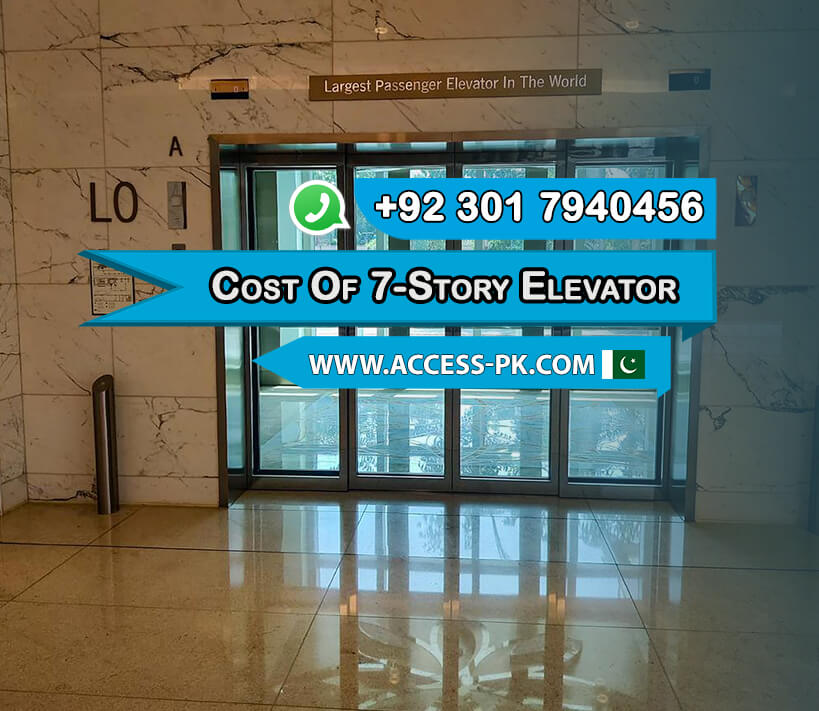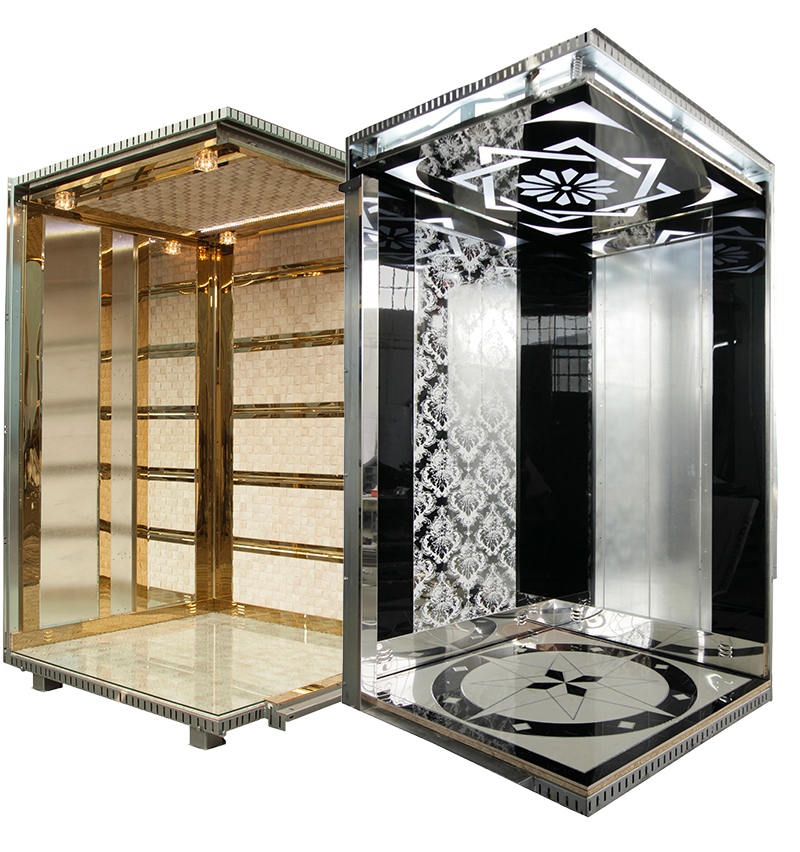Elevator installation for a 7-story building with a basement involves a variety of costs that can fluctuate based on several factors. Initially, the complexity of the building’s design plays a significant role. If the structure requires extensive modifications or customization to accommodate the elevator, costs can increase. Moreover, installation in a high-rise setting often demands more advanced machinery and technology, which further impacts the overall price. Therefore, it is crucial to factor in these elements when estimating the cost of such an installation.
Additionally, elevator prices for a 7-story building with a basement are influenced by the type of elevator selected. For instance, hydraulic elevators may be less expensive compared to traction elevators, but they come with their own set of benefits and limitations. The choice between a standard elevator and a more advanced, high-speed model also affects the final cost. Consequently, it’s essential to carefully evaluate the various options and their corresponding prices to make an informed decision.
Lastly, ongoing maintenance and operational costs must be considered when calculating the total expense of elevator installation. While initial installation costs are significant, the long-term costs of maintaining and operating the elevator should not be overlooked. Routine maintenance ensures the elevator operates efficiently and safely, which is vital for a 7-story building with a basement. In summary, understanding both installation and maintenance costs provides a clearer picture of the financial commitment involved in elevator installation for such a building.
Understanding Elevator Installation Costs for a 7-Story Building with Basement

Elevator installation for a 7-story building with a basement involves numerous factors that influence the overall cost. First and foremost, the complexity of integrating an elevator into an existing building structure plays a significant role. For example, if the building’s design does not originally account for an elevator shaft, substantial structural modifications may be required. These modifications can significantly increase the total installation cost. Additionally, the choice of elevator type, whether it is a hydraulic or traction model, impacts elevator prices. Hydraulic elevators generally have lower upfront costs, but they may be less suitable for taller buildings compared to traction elevators, which are more efficient for high-rise structures. Another factor to consider is the elevator’s capacity and speed, as these elements also affect the final price.
Key Cost Factors
Several key cost factors influence the price of elevator installation for a 7-story building with a basement. One major factor is the type of elevator selected. Hydraulic elevators, while typically less expensive, might not be ideal for high-rise buildings due to their slower speed and limited capacity. On the other hand, traction elevators, though more costly, are better suited for tall structures and offer higher efficiency and speed. Additionally, the complexity of the installation site significantly affects the overall cost. If significant structural modifications are needed to accommodate the elevator shaft or if there are space constraints, costs can escalate. Building codes and safety regulations also play a crucial role; adhering to these standards might require additional features or modifications, further impacting the price. Overall, understanding these key factors helps in accurately estimating the costs associated with elevator installation.
Installation Challenges
Elevator installation for a 7-story building with a basement presents several challenges. One primary challenge is space constraints. Installing an elevator in a building not originally designed for one often requires significant structural changes, such as creating or expanding an elevator shaft. These modifications can be complex and costly. Furthermore, accessibility issues may arise, especially in buildings with limited access points. Specialized equipment and techniques might be needed to transport and install the elevator components, adding to the expense. Another challenge is ensuring compliance with building codes and safety regulations. Elevators must meet stringent standards, which can necessitate additional modifications or inspections. Addressing these challenges requires careful planning and coordination with experienced professionals to ensure a smooth and successful installation process.
Cost-Saving Tips
To manage costs effectively when planning elevator installation for a 7-story building with a basement, consider these cost-saving tips. First, carefully evaluate and select the appropriate type of elevator. While hydraulic elevators may have lower initial costs, traction elevators might offer better long-term value and efficiency, particularly in taller buildings. Additionally, planning and budgeting for potential structural modifications early can prevent unexpected expenses. It’s also beneficial to obtain multiple quotes from different elevator installation companies to compare prices and services. Furthermore, investing in regular maintenance can prevent costly repairs and extend the lifespan of the elevator, ultimately reducing long-term expenses. Finally, explore any available incentives or rebates for installing energy-efficient models, which can also contribute to overall cost savings.
Comparing Elevator Installation Costs: 7-Story Buildings vs. Other Structures
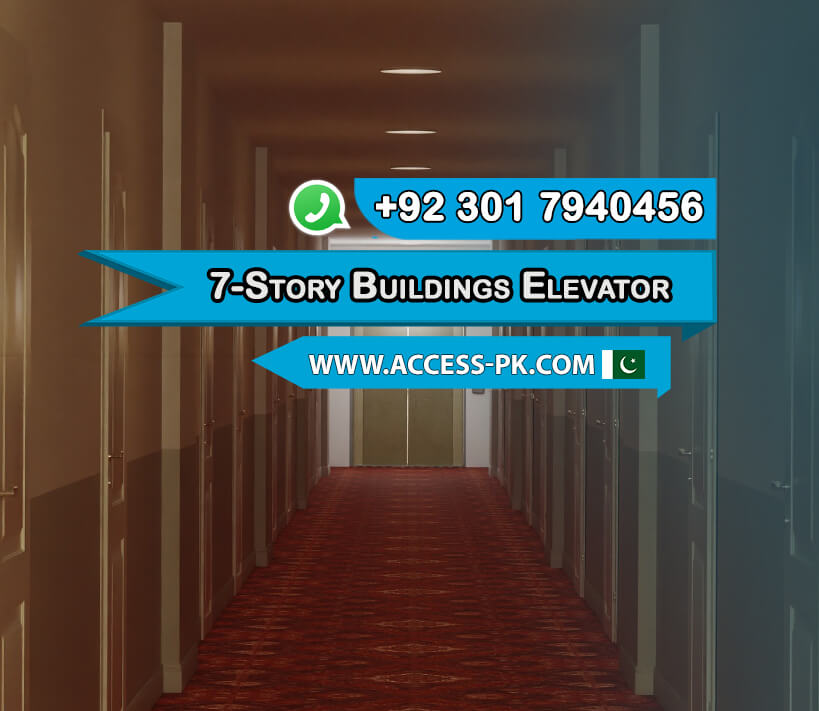
When comparing elevator installation costs between a 7-story building and other structures, several key differences emerge. For instance, installing an elevator in a 7-story building often involves higher costs due to the need for more advanced and robust systems. These elevators must handle increased traffic and potentially serve more floors, which can lead to higher elevator prices. Additionally, installing an elevator in a building not originally designed for one often requires complex structural modifications. These changes can drive up costs. In contrast, elevators for shorter buildings typically have lower installation costs. Their systems are simpler, and the required structural modifications are less extensive.
| Elevator Type | Cost |
|---|---|
| Stair lifts | 810000 to 1770000/Pkr |
| Home Lifts | 1200000 to 2000000/Pkr |
| DIY Food Elevator | 2230000 to 3350000/Pkr |
| Two-Story Home Lift | 7020000 to 8420000/Pkr |
| Hospital Bed Elevators | 4150000 to 8300000/Pkr |
| Panoramic Elevator | 3180000 to 3870000/Pkr |
On the other hand, elevator installation costs for unique or irregularly shaped buildings, such as historical structures or those with unconventional layouts, can sometimes surpass those for a 7-story building. These installations may require customized solutions and additional engineering, which can increase overall expenses. Both scenarios have unique challenges. Understanding each building type’s specific requirements and constraints is crucial for accurate cost estimation. Careful planning and a detailed assessment of the building’s needs can effectively manage costs across different structures.
7-Story Building Elevators By Access Technologies
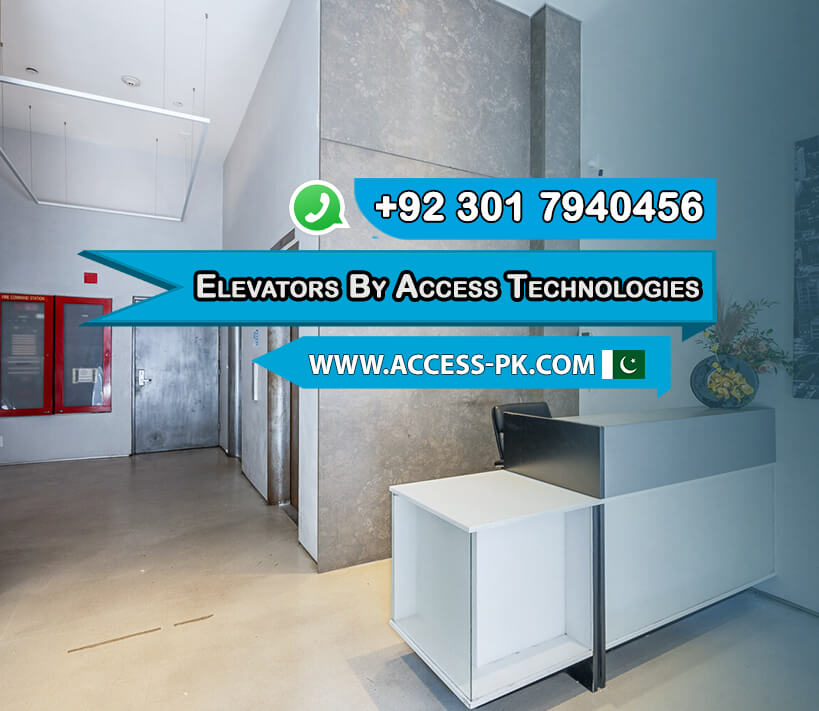
Elevator installation for a 7-story building by Access Technologies, led by Imran Rafi, exemplifies a commitment to quality and innovation. Access Technologies specializes in providing tailored elevator solutions designed to meet the unique needs of high-rise buildings. Their expertise ensures that every aspect of the installation process is handled with precision, from initial design and planning to the final implementation. By leveraging cutting-edge technology and adhering to the highest safety standards, Access Technologies delivers elevators that are both efficient and reliable, enhancing the functionality of any 7-story building.
In addition to superior installation services, Access Technologies offers comprehensive support and maintenance options to ensure long-term performance. Their elevators are designed to handle the increased demands of a multi-story building, providing smooth and efficient operation. By choosing Access Technologies for your elevator installation needs, property owners can benefit from a seamless installation experience and a product that meets the highest standards of quality. This dedication to excellence not only contributes to the overall value of the building but also ensures that the elevator system remains a valuable asset for years to come.
Budgeting Tips for Elevator Installation in Buildings with Basements
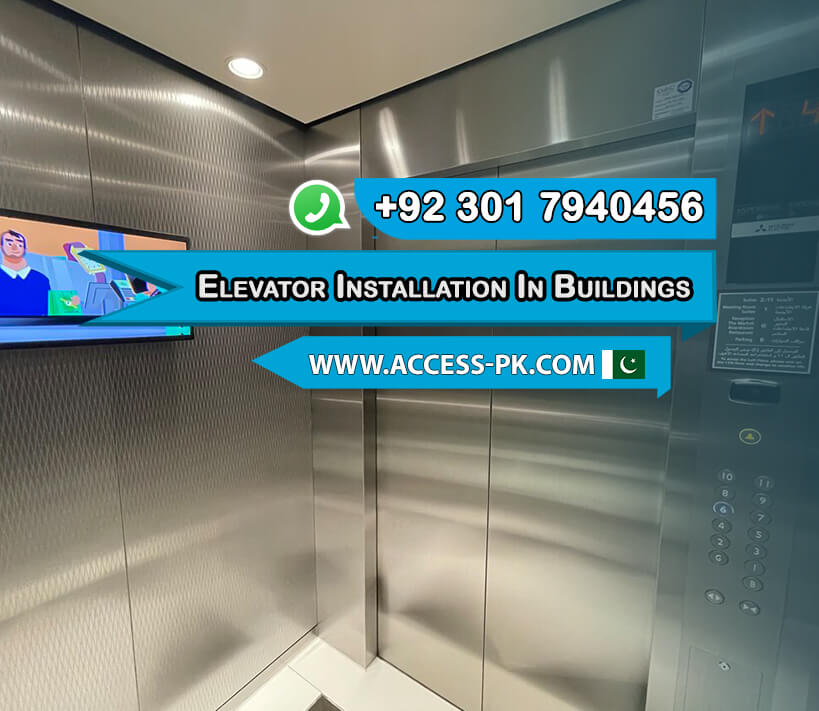
When budgeting for elevator installation in buildings with basements, it’s crucial to account for various factors that can impact the total cost. The complexity of installing an elevator in such buildings often leads to higher expenses due to the need for structural modifications. This is especially true for buildings not originally designed with an elevator shaft. To manage costs effectively, start by accurately assessing the building’s requirements and the potential modifications needed. Understanding the specific demands of installing an elevator in a multi-story building with a basement will help in estimating costs more precisely. Additionally, it’s wise to get detailed quotes from multiple contractors and compare them to ensure you’re getting the best value for your investment.
Choose the Right Elevator
Selecting the right elevator is a pivotal decision when planning for installation in a building with a basement. The type of elevator you choose directly impacts both initial costs and long-term performance. For a 7-story building, hydraulic elevators might be a cost-effective option, but they could be less suitable for the vertical demands compared to traction elevators. Traction elevators, while typically more expensive, offer better efficiency and speed for taller structures. Additionally, it’s important to consider the capacity and speed of the elevator to match the building’s traffic needs. By carefully evaluating these factors and understanding their impact on elevator prices, you can make an informed choice that aligns with your budget and operational requirements.
Consider Maintenance Costs
When budgeting for elevator installation in a building with a basement, it’s essential to consider ongoing maintenance costs. While the initial installation price is a significant factor, long-term maintenance can also impact your overall expenses. Regular maintenance ensures the elevator operates efficiently and safely, which is particularly important in high-rise buildings where consistent performance is crucial. Hydraulic elevators, for example, may require more frequent maintenance compared to traction elevators. Additionally, factor in costs for inspections, repairs, and potential upgrades. By planning for these ongoing expenses, you can better manage your budget and avoid unexpected costs in the future. Investing in a reliable maintenance plan can help extend the lifespan of your elevator and ensure that it remains a valuable asset for years to come.
Plan for Unexpected Costs
Planning for unexpected costs is a crucial aspect of budgeting for elevator installation in buildings with basements. During installation, unforeseen issues such as structural complications or additional regulatory requirements can arise, potentially increasing the overall expense. To mitigate these risks, allocate a contingency budget to cover any unexpected expenditures. It’s also beneficial to work with experienced contractors who can provide a detailed assessment and identify potential challenges early on. By setting aside funds for unexpected costs and working with knowledgeable professionals, you can better manage your budget and ensure a smoother installation process. This proactive approach helps prevent financial strain and ensures that the elevator installation project stays on track.


